What is a Russian Dwarf Hamster?
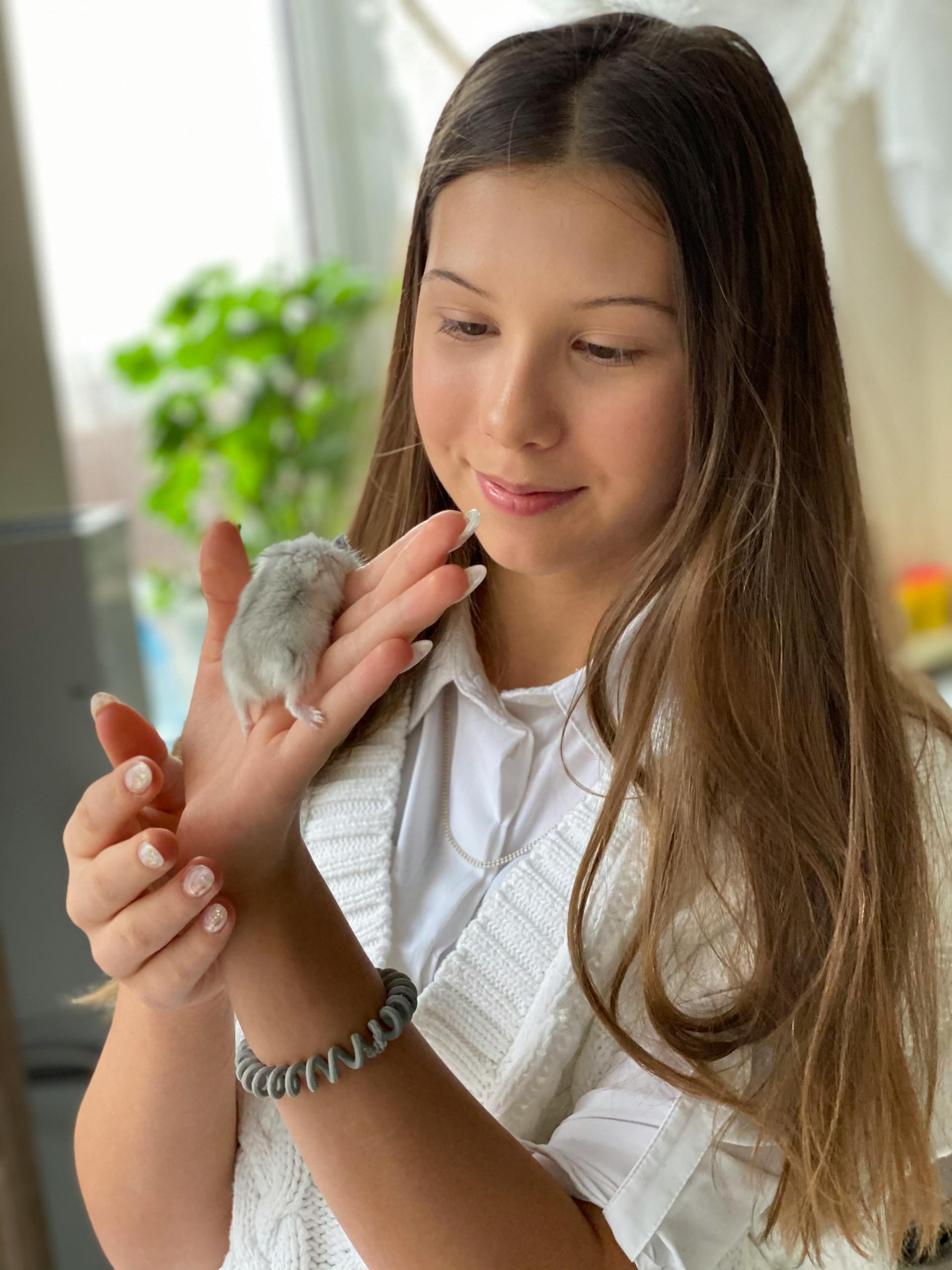
There are quite a few hamster types
A variant of Hamster
Simply put, a Russian dwarf hamster is a member of the species Chordata's Phodopus genus of hamsters. Other names of the Russian dwarf hamster are Djungarian hamster, striped dwarf hamster, and Siberian hamster.
How long do Russian dwarf hamsters live for?
Russian dwarf hamsters have an average lifespan of 12 months in the wild, but they can reach up to 2 years with the proper care. When these little creatures reach adulthood, they can reach a height of 3 inches and weigh just 30 grams.
Where do Russian dwarf hamsters come from?
This Russian Dwarf Hamster orginally comes from Kazakhstan, China, Russia and Mongolia.
What are the best cages for Russian Dwarf hamsters?
Russian dwarf hamsters can squeeze into wires of a metal cage and destroy complex setups with plastic connecting tubes, which may lead to eventual escape.
As a result, Russian dwarfs should live in solid cage with good-quality lids. A food dish and a water bottle are equally needed to hang over the cage side. Shavings from aspen trees make for a secure and cosy bed.
Hamsters enjoy having a place to hide and even something as straightforward as a cardboard tube from a roll of paper towels would do. Toys like chew sticks made of wood satisfy their urge to chew while also helping to prevent their teeth from wearing down and becoming too long.
What do Russian Dwarf hamsters eat?
Russian dwarf hamsters are granivorous (seed-eaters) and primarily eat seeds and a small amount of herb-based vegetables, although they also consume animal proteins.
Dwarf hamsters naturally collect little insects, so it is advantageous if their diet includes animal proteins. "Hoarding" is another term for carrying food in cheek pouches. The cheek pouch muscle keeps the food in the cheek pouch so the hamster can carry it out swiftly and safely.
Commonly produced hamster diets ought to have 15–20% protein. Your hamster will like a mixture of fruits, seeds, vegetables, and pellets, but if you notice that he is only eating his favourite ingredients while ignoring the rest, switch to pellets to ensure he is eating a balanced diet.
Fresh vegetable servings every day complete a hamster's diet. Although your Russian dwarf will like the occasional piece of fresh or dried fruit, excessive consumption might lead to obesity. Likewise, steer clear of raw beans, unripe tomatoes, undercooked green potato peels, fried or oily food, and desserts.
Do Russian Dwarf hamsters bite?
Russian dwarf hamsters are known for being nippy. You'll need more dedication and care to hand-tame a Russian dwarf than the larger species, but they will gradually get used to you. Compared to Campbell's hamsters, winter whites are less aggressive and less likely to bite.
However, young children shouldn't keep Russian dwarfs as pets. The hamster and the youngster may get hurt due to their propensity to nip and fragile nature. Russian dwarf hamsters are nocturnal, like all hamsters, and are most active at night when kids are sleeping.
The activities Russian dwarfs can perform to amuse you are endless, ranging from playing with toys to erecting structures in their habitat. They are very desirable pets for families and teenagers for their entertaining activities.
A nutritionally complete food for Canaries
Give your Canary the best!
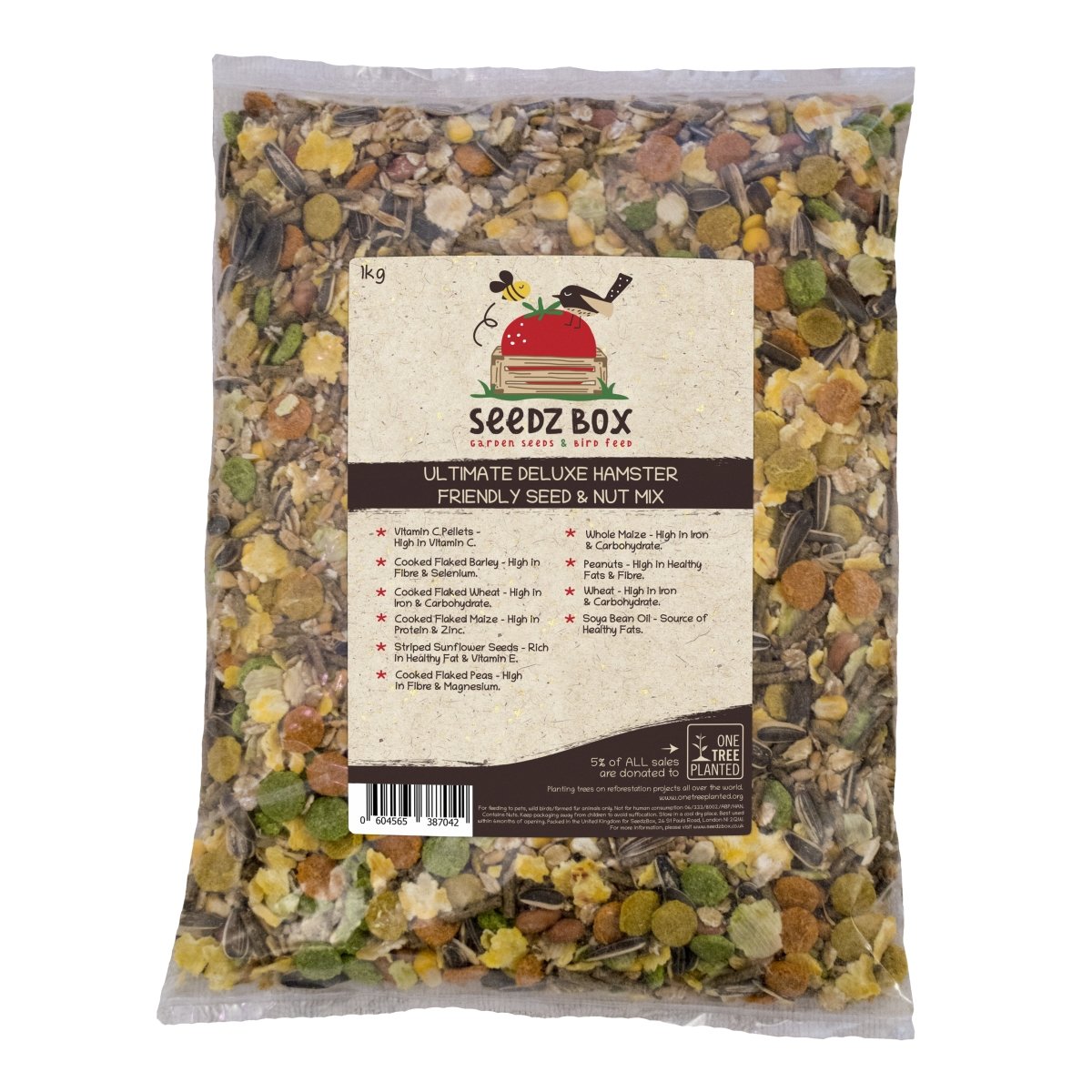





Premium Ingredients:
Vitamin C Pellets, Cooked Flaked Barley, Selenium, Cooked Flaked Wheat, Cooked Flaked Maize, Zinc, Striped Sunflower Seeds, Cooked Flaked Peas, Whole Maize, Peanuts, Soya Bean Oil.
Description:
SeedzBox's Ultimate Deluxe Hamster Seed & Nut Mix is a 1kg blend crafted to meet the dietary needs of hamsters. This mix includes Vitamin C Pellets, Cooked Flaked Barley, Selenium, Cooked Flaked Wheat, Cooked Flaked Maize, Zinc, Striped Sunflower Seeds, Cooked Flaked Peas, Whole Maize, Peanuts, and Soya Bean Oil.
Designed to ensure hamster happiness, this mix offers a variety of textures and ingredients, keeping them engaged and satisfied. The crunchy texture helps hamsters wear down their continuously growing teeth while providing essential nutrients for a balanced and enjoyable diet.
How big are Russian Dwarf hamsters?
A rodent with a thick body, a small, almost undetectable tail, and noticeable cheek pouches.
Adults are average three to four inches long and have a dark grey upper body and white underparts.
In addition to these hues, Russian dwarf hamsters can also come in albinos, black, cinnamon, lilac, and blush tones. Some of these animals are also mottled. Wintertime temperatures may cause them to turn white.
What are Russian Dwarf hamsters like and are they good as pets?
The Russian Dwarf Hamster is a friendly and affectionate animal. They are docile creatures, yet when attacked, their survival instinct takes over, and they may delicately bite or pinch the threat.
Therefore, a secure environment is crucial to prevent kids from feeling frightened. They can also be quite engaged because they are very social. Interestingly, out of all the hamster breeds, the Russian hamsters were discovered to be the friendliest.
Both during the day and at night, these dwarf hamsters are very busy. In addition, since they typically have near-sightedness, their vision is poor. As a result, it is best to speak to your pet and get it used to your voice before picking it up, as it may nip out of stress or fear if it is unsure who is picking it up.
The Russian Dwarf Hamster will eventually come to know you as a friend and become more receptive to cuddling and touching if you do this gently and carefully.
What are typical diseases found in Russian Dwarf hamsters?
In general, Russian Dwarf Hamsters are very healthy creatures. However, the most prevalent health issues are dental issues, diabetes, Parkinson's (shaking) and eye issues. Therefore, we advise you to check your hamsters' teeth frequently to detect any dental problems early.
The Russian Dwarf Hamster must be purebred and not hybrid (crossed with the Campbell) to prevent diabetes. Additionally, the colour Mandarin has the highest risk of diabetes; thus, it must be appropriately bred. Finally, sweet treats shouldn't be offered to pets with a genetic or inherited susceptibility to diabetes.
Parkinson's disease or trembling is most noticeable in dwarf hamsters when the colour black, Russian blue, Merle black, pearl black, Merle Russian blue, or pearl black is present.
What is the colour of a Russian Dwarf hamster?
A winter white hamster's coat turns white in the wild as a result of the longer nights and shorter days. The hamster spends the entire year in captivity with her coat remaining grey because the day length remains constant indoors.
The colours of Campbell's hamsters range more, from light grey to black. Grey and other single solid colours are most frequently used. Some of them may have shading, markings, or a black stripe running down the middle of the back.
Can you keep Russian Dwarf hamsters in the same cage with other hamsters?
Dwarf hamsters can be kept together in pairs of the same sex, but watch out for symptoms of a falling-out—if this occurs, you may need to separate the animals.
It's interesting to note that if you decide to get two dwarf hamsters together, ensure you get them simultaneously so they can get along immediately.
Bottom Line
Russian dwarf hamsters are clever tiny animals that, once domesticated, make for the most devoted pets. These small, agile creatures need a healthy diet, adequate exercise, grooming, and training to thrive.
A Russian dwarf hamster is an ideal companion if you're seeking a tender, lovable animal that requires minimal upkeep and is not prone to life-threatening illnesses.
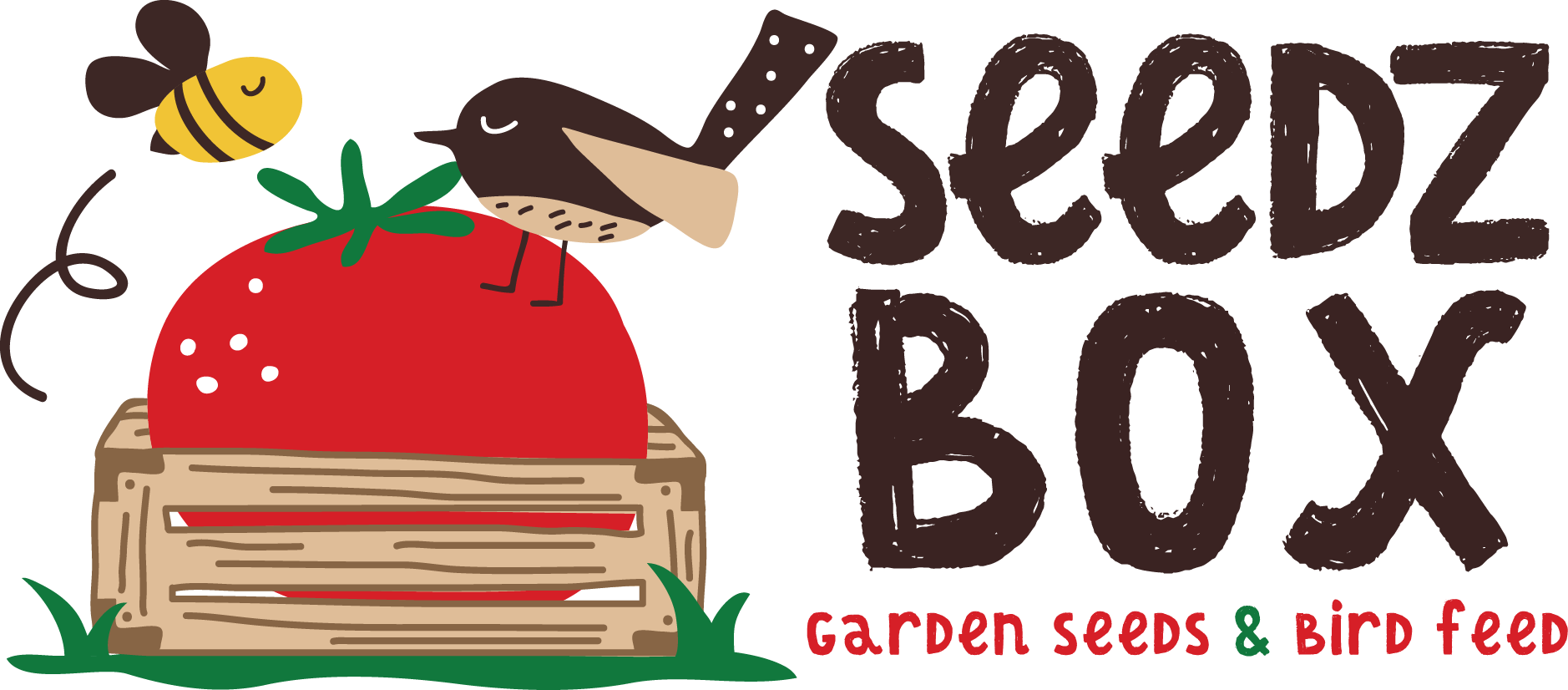
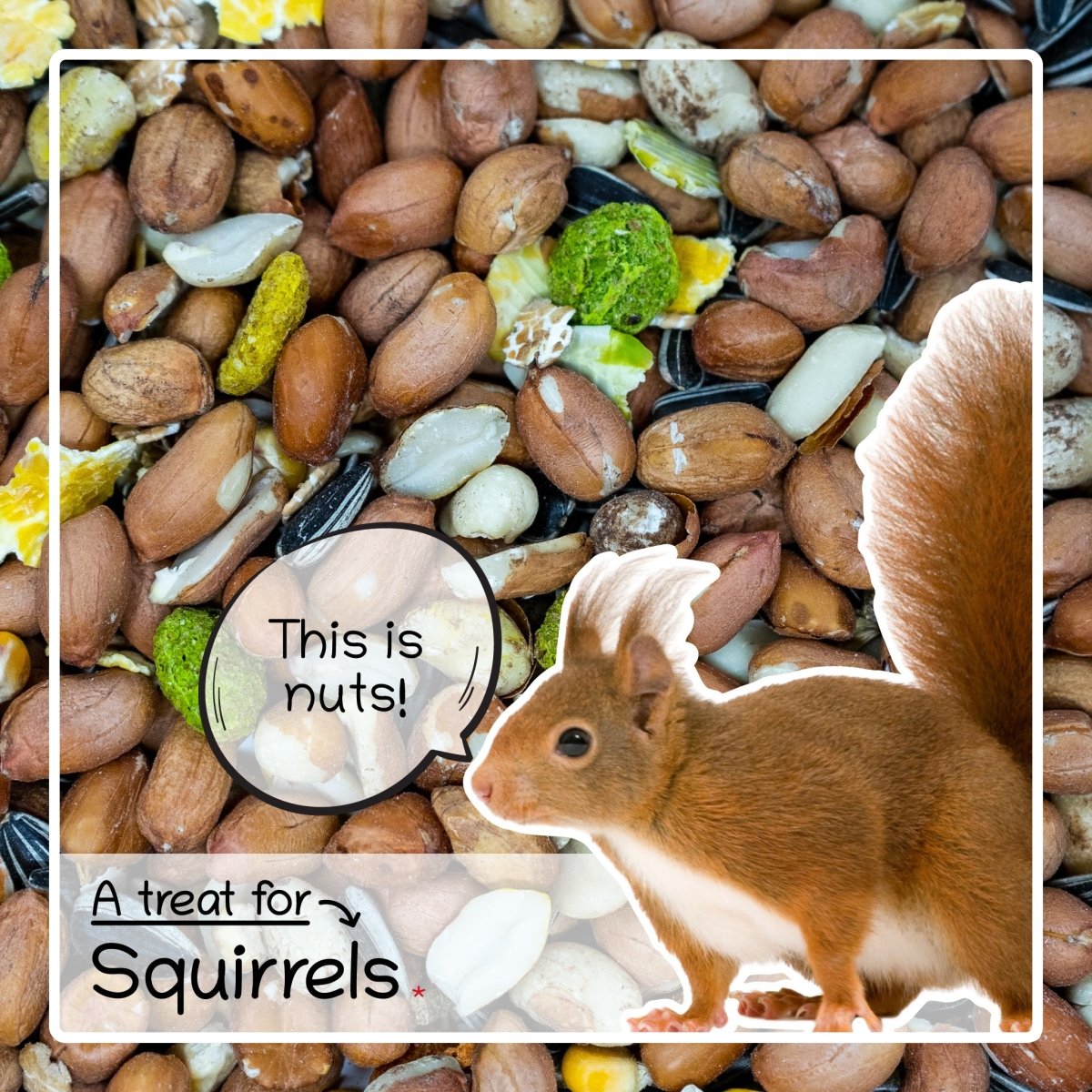
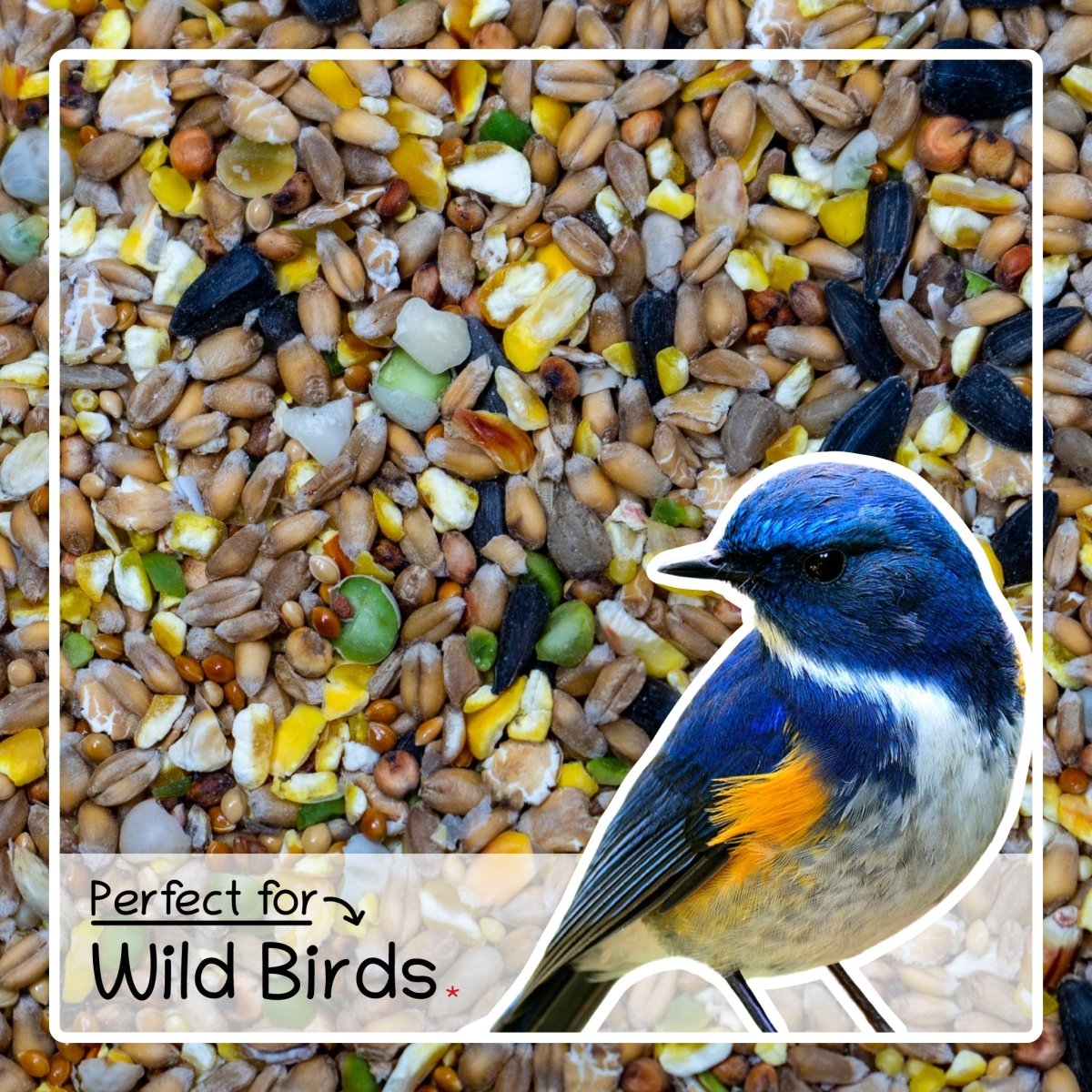
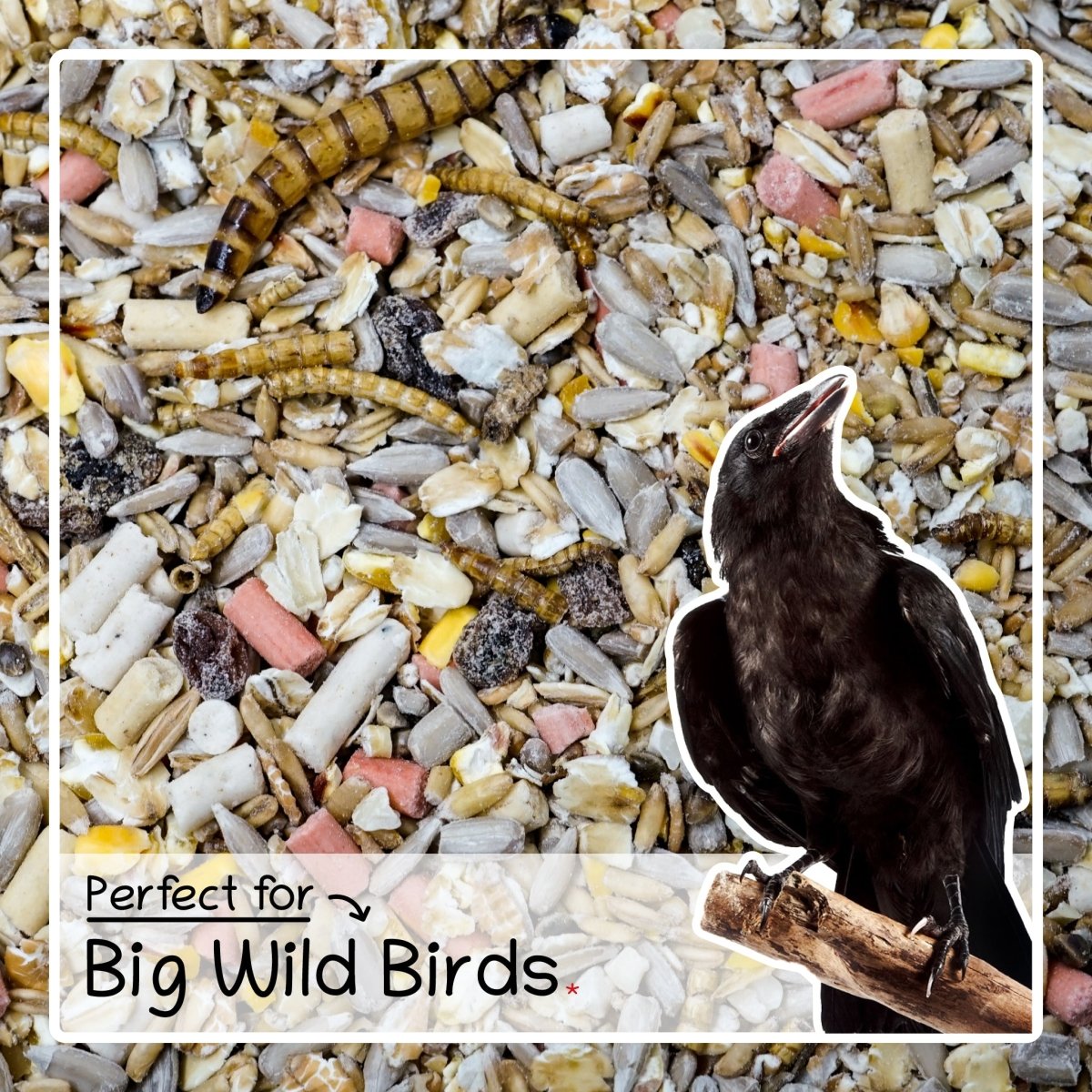
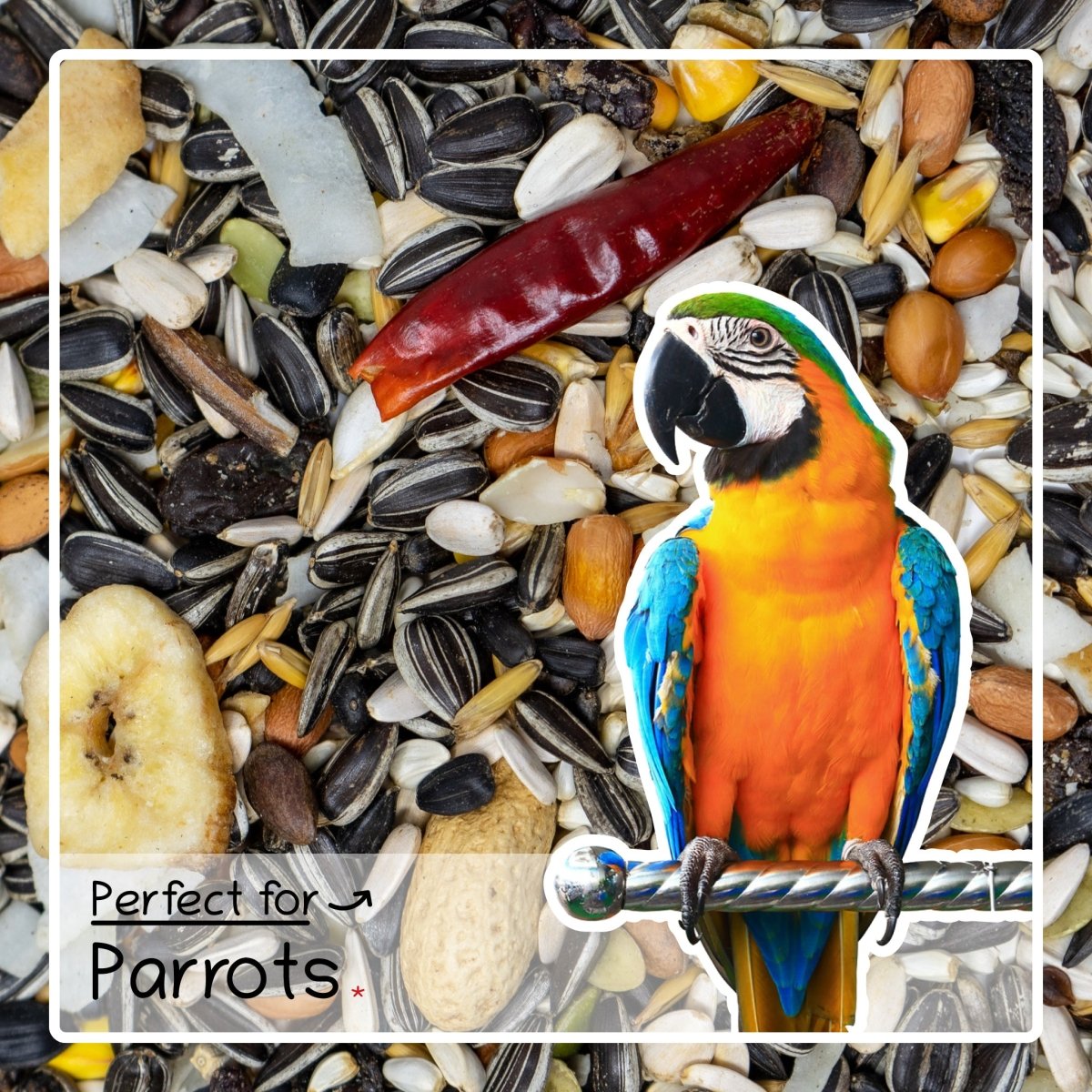
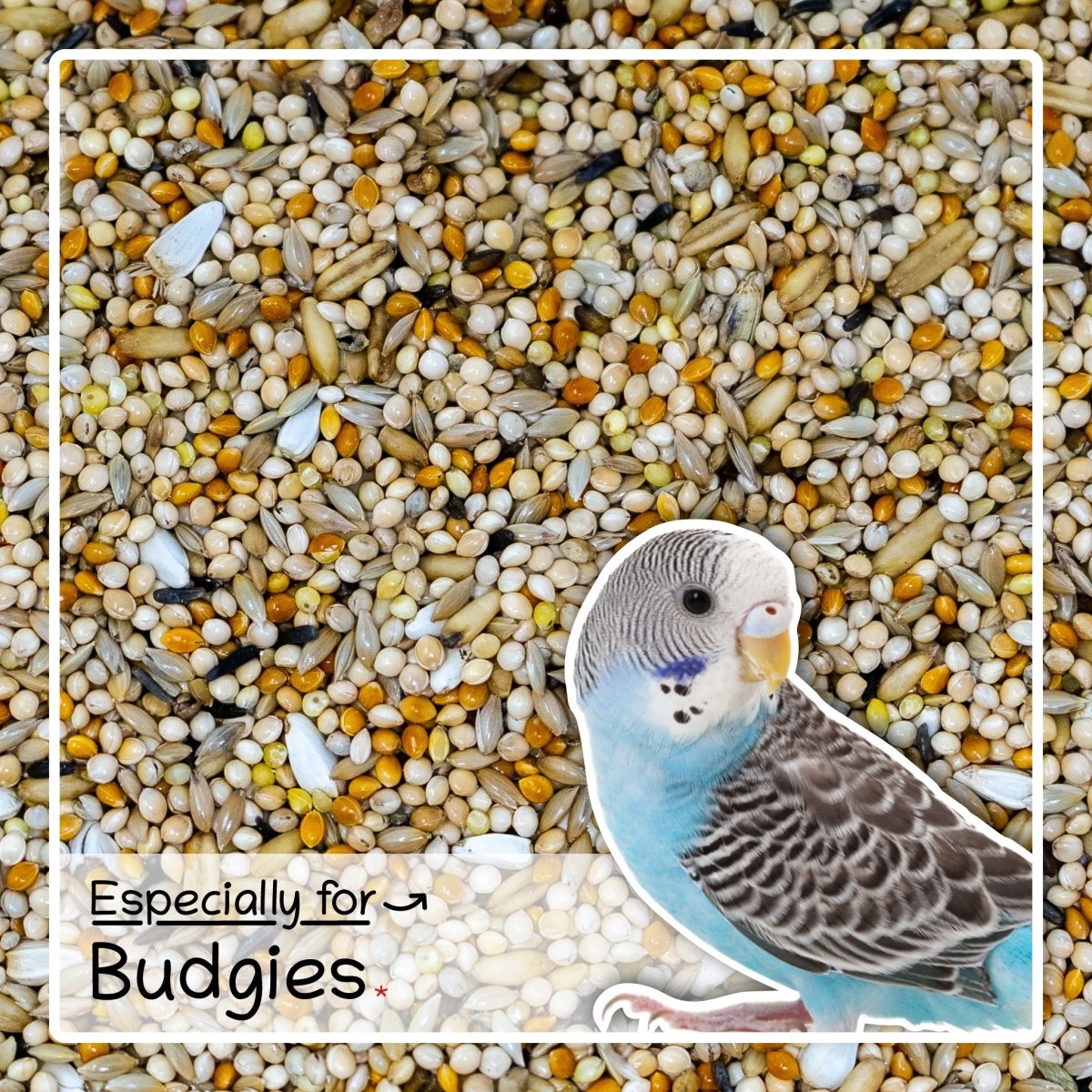
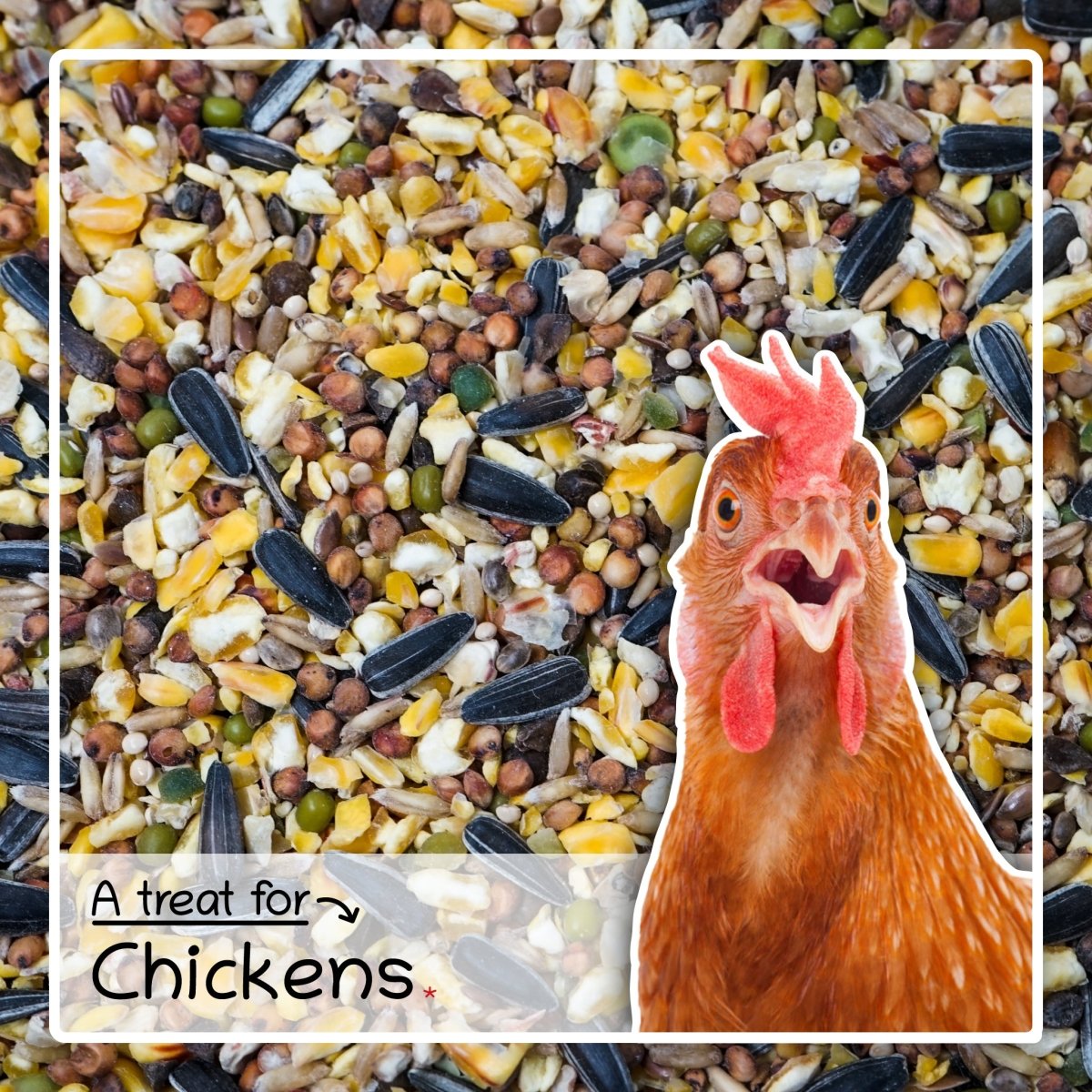
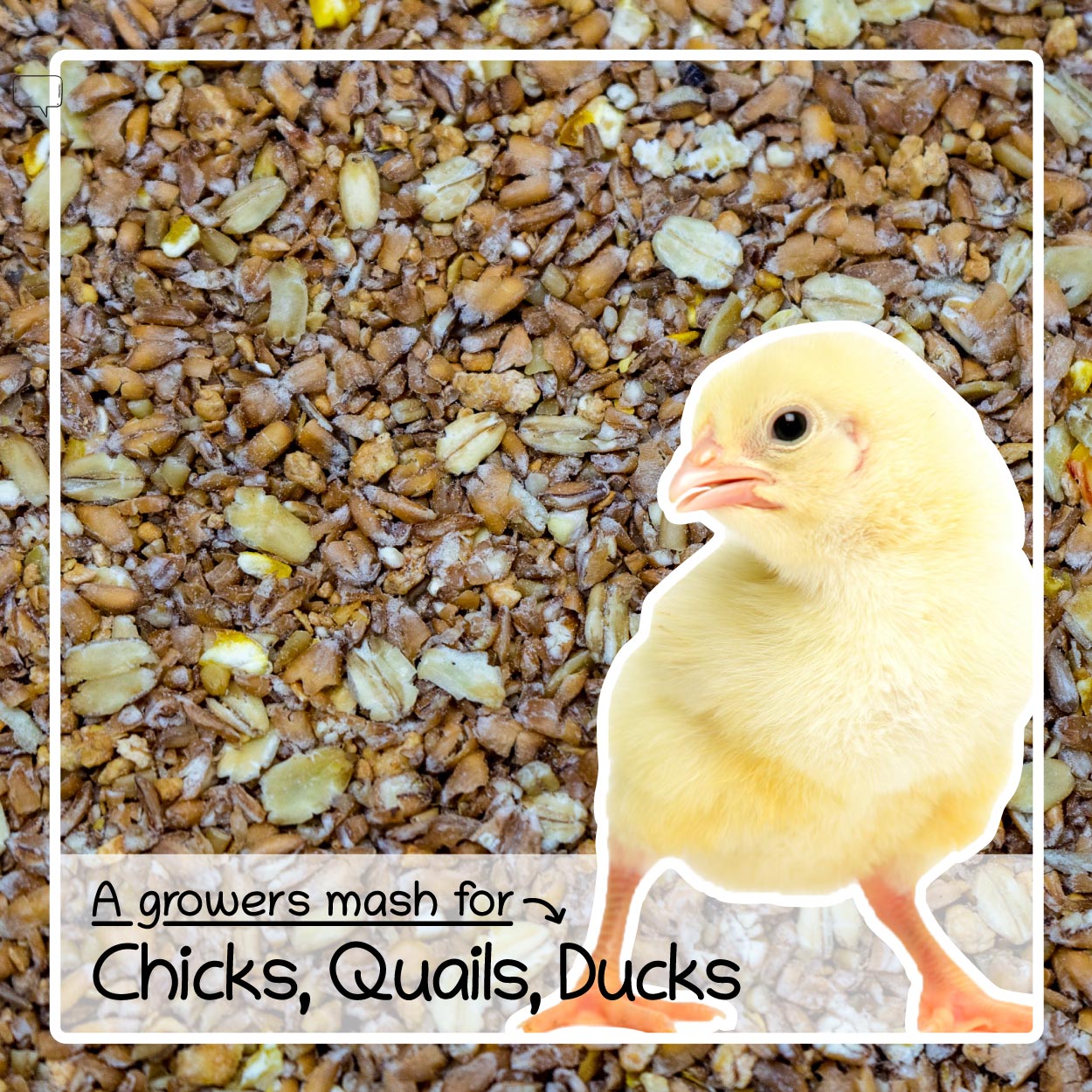
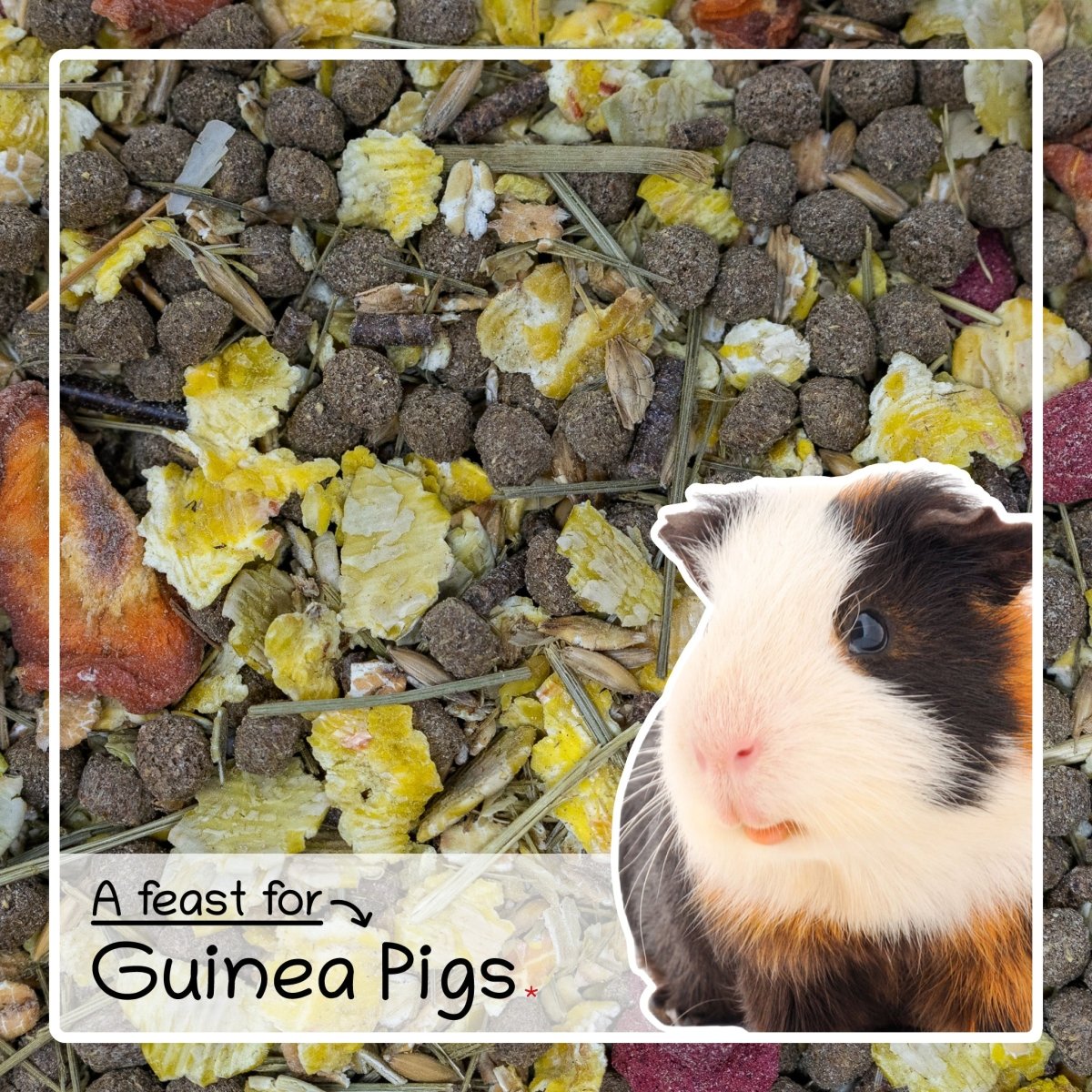
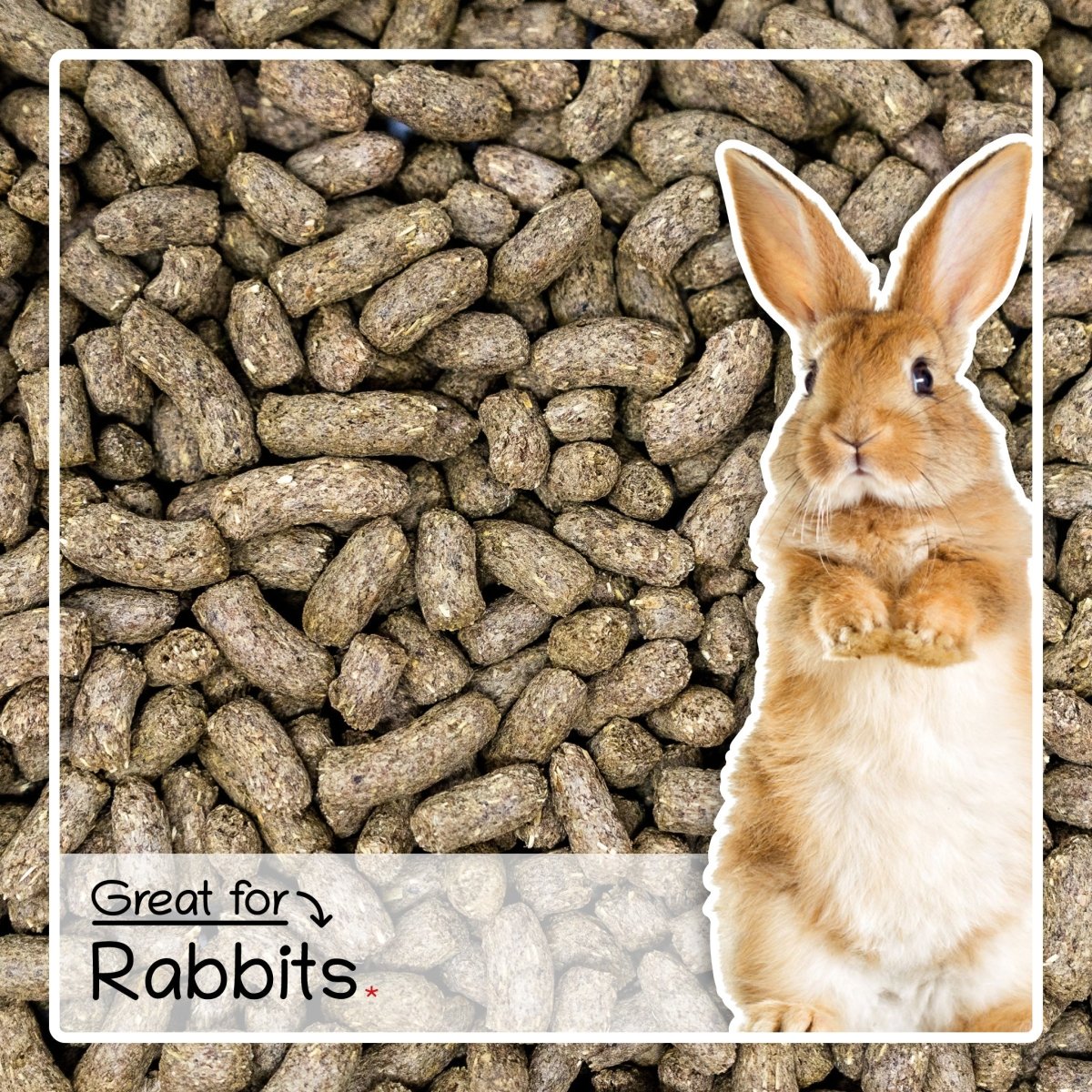
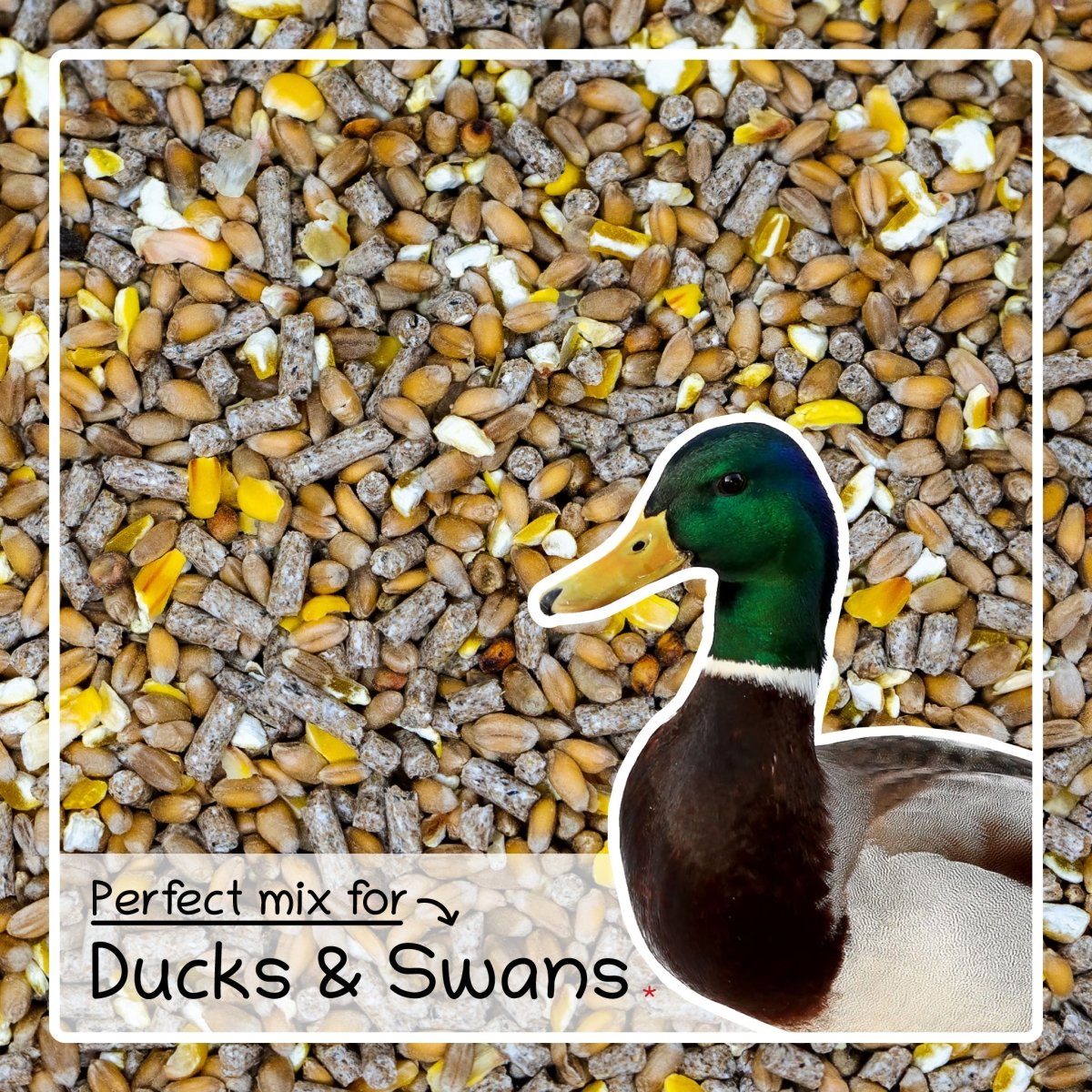
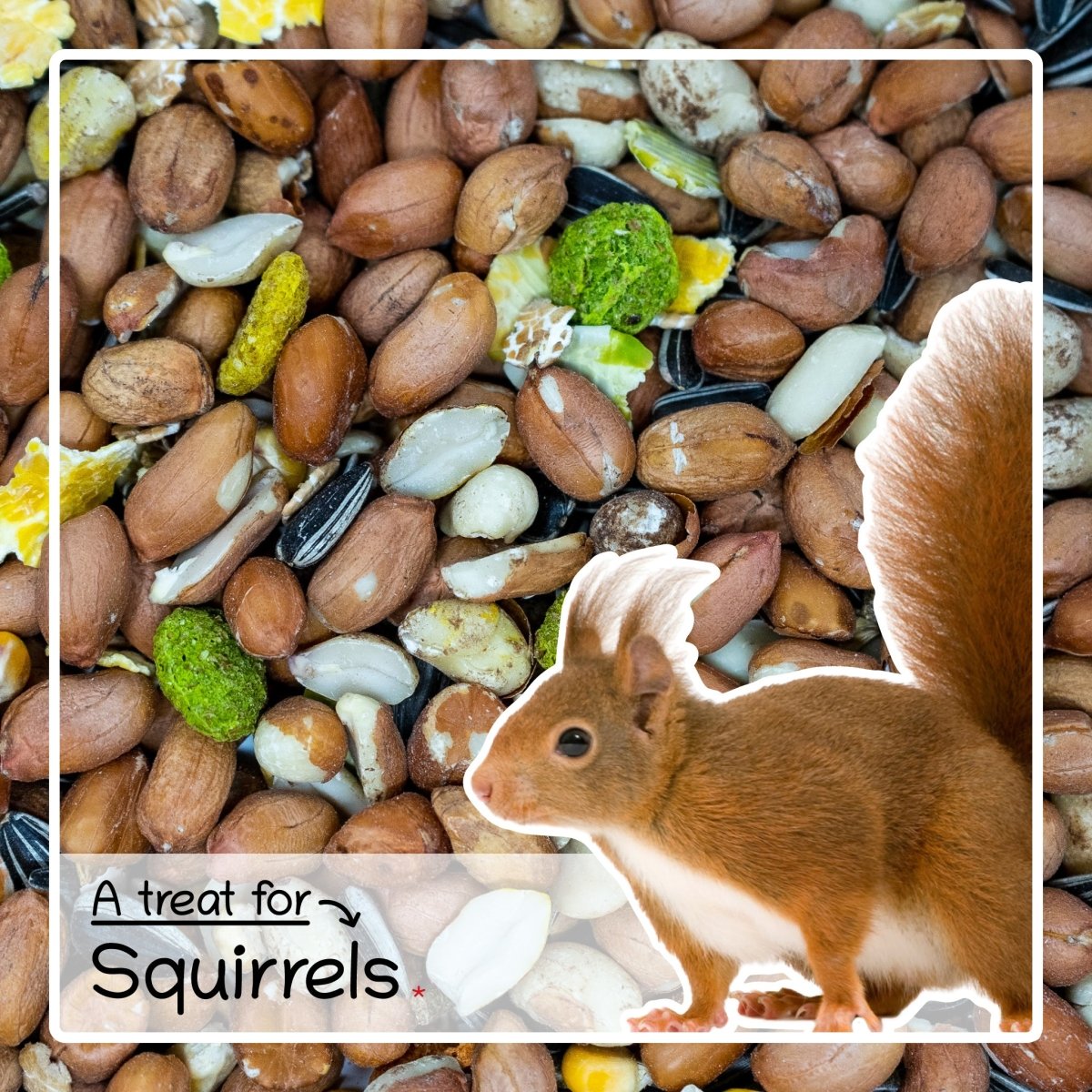


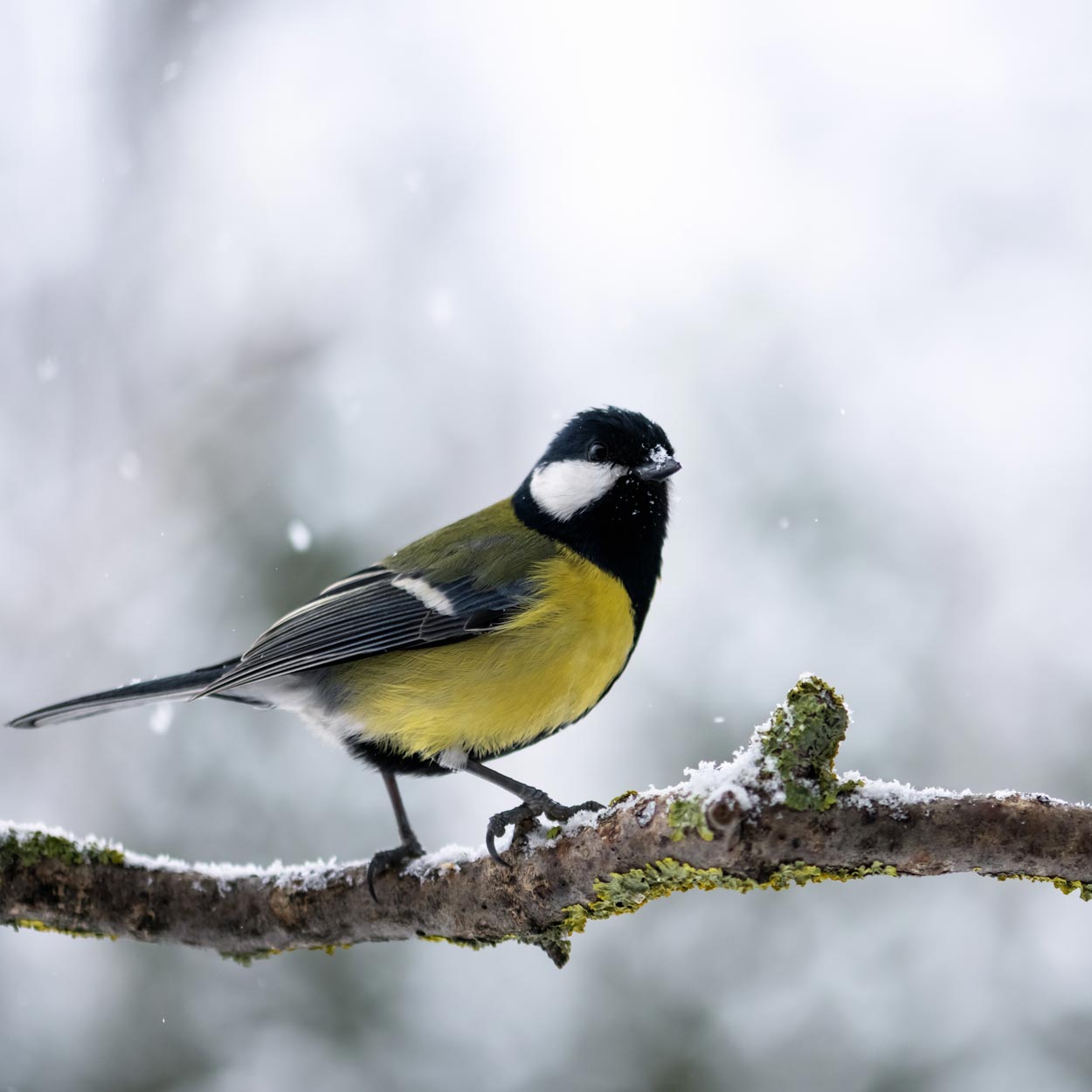
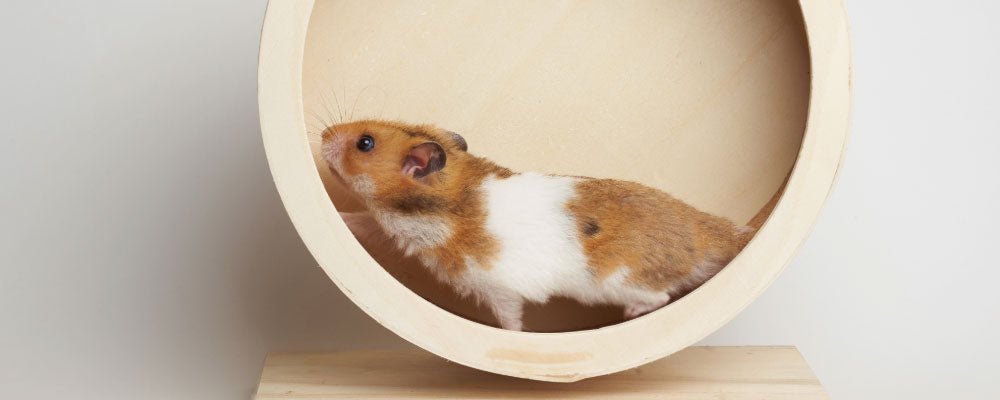
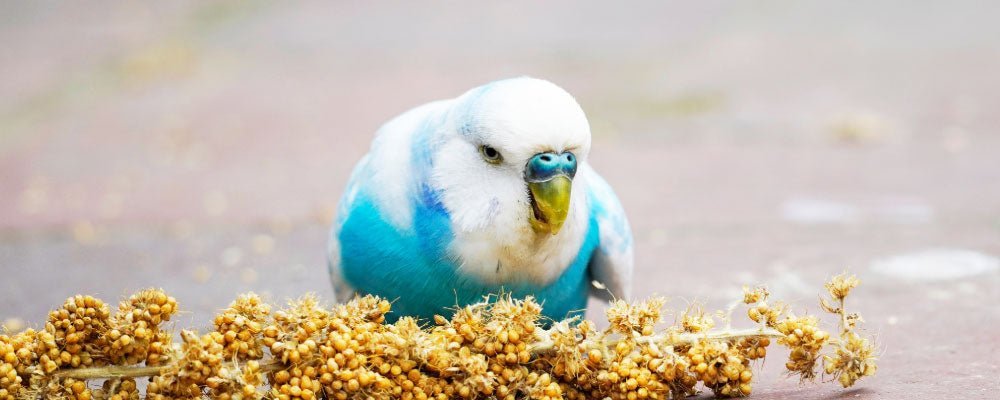
Leave a comment
This site is protected by hCaptcha and the hCaptcha Privacy Policy and Terms of Service apply.